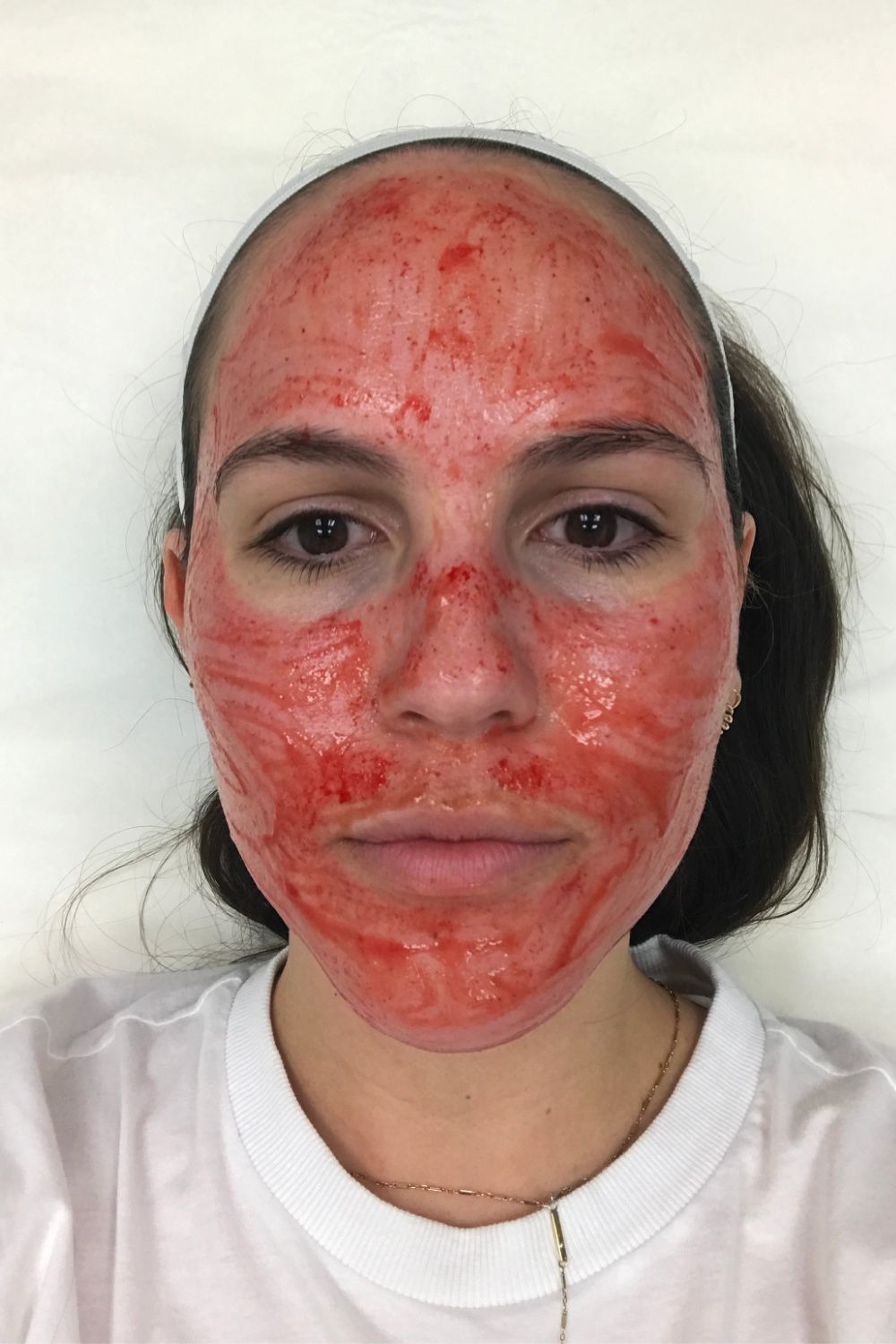
Despite the fact that cholesterol deposits in eyes are not harmful, they can cause discomfort and can grow in size over time. The good news is that they are harmless and don't require removal. The majority of patients with cholesterol deposits around the eyes also have dyslipidemia. This means that there is too much lipid in the blood. Find out how you can help yourself and learn more about this condition. These are the steps you should take if cholesterol is accumulating around your eyes.
Dyslipidemia is a cause of xanthelasma
Dyslipidemia is a condition that causes xanthelasma to the eye. It occurs when the blood contains too much fatty substances (lipids). Dyslipidemia is characterized by high blood levels of LDL cholesterol (bad cholesterol), and HDL cholesterol (good cholesterol). People with xanthelasma often have high blood cholesterol. They may also be more likely to develop inflammation or other conditions that are associated with high cholesterol.

Xanthelasma of the eyes refers to a condition when abnormal fat deposits are found in the eyelids. It can occur in patients with primary and secondary hyperlipemia, as well as in diabetics. The appearance of yellowish plaques at the inner eyelids is the most common sign. Although rare in the younger age group, it can be very serious. If you suspect you have xanthelasma inside your eye, it's best that you consult a physician.
Lipoprotein deposits in eyes
There are many ways that lipoprotein deposits can form in the eyes. First, these lipids build up on the cornea, resulting in NV, opacification, and decreases in visual acuity. They also form when the underlying cellular structure becomes damaged and is unable to function properly. These conditions are usually slow-moving and often caused by multiple factors. There are two types of LK. One is idiopathic which occurs spontaneously and the other is secondary which results from other conditions. In both cases, lipid accumulation is secondary to the systemic disease. Third, previous ocular traumas and diseases can cause lipid deposition.
Ocular lipid deposits are most common in the corneal archus. It's caused by the formation of cholesterol and phospholipids into the peripheral retina. Although this is often thought to be part of aging, hyperlipidemia can also cause it. It should be checked by a doctor to rule out other causes of your eye conditions.
Atherosclerosis can be caused by lipoprotein deposits
The accumulation of cholesterol in the blood vessels narrows them and makes them harder. Hardening these vessels is bad for your health because they are malleable and flexible. The accumulation of cholesterol in the eyes is usually most common in people with a condition known as dyslipidemia, or too much lipid in the bloodstream. Eye deposits that develop before 40 years of age should be checked by a doctor.

Atherosclerosis can be preceded by an inflammatory response due to fat deposits in the eyes. When an individual is inactive, lipids can build up in the bloodstream. As a result, the condition can lead to xanthelasma, an area around the eyes that can lead to atherosclerosis. Although there are many causes of xanthelasma, the most common one is genetic. This condition may be caused by genetic conditions that raise blood lipid levels. Most cholesterol comes from animal products, such as meat and dairy. Cholesterol is vital for your body's ability build cell membranes, make hormones and help in the digestion fats.